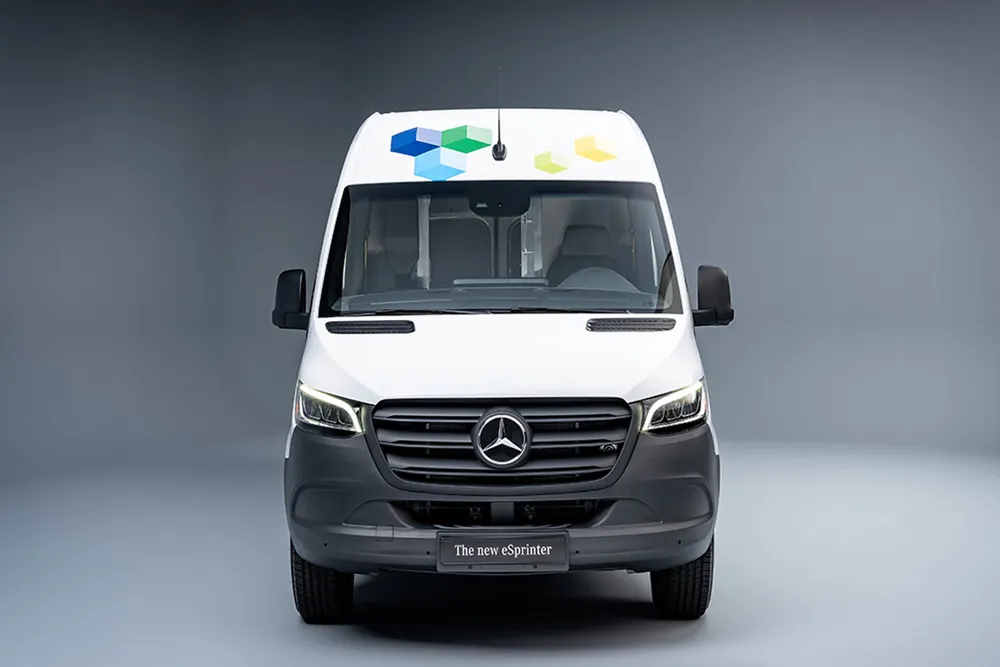It’s tough enough: Mercedes-Benz has gone and upped its game with new 517 Sprinter van

NEW: The Mercedes-Benz eSprinter set for 2024. Pictures: SUPPLIED
In among the awesome new metal and refurnished oldies, now and again a superbly practical launch comes along that is well worth the mention.
In South Africa, we love a vehicle that can take a load, or at least a lot of stuff from here to there.
The Mercedes Sprinter is a durable item; from business loader to touring home, the sheer capacity of this long panel van with a high roof, as well as the Mercedes quality, is one such vehicle.
First launched in 1995 to update the T1 Transporter, it has made its mark. Now, the latest model, the 517 Sprinter, is due for release. The major difference is an upgrade in engine technology, with the all-aluminium OM654 diesel engine bringing an extra 5kW as well as greater fuel efficiency.

More power, more fuel efficiency and more comfort with a quiet drive. It gets even more interesting, though, for the discerning business owner, to hear that Merc – in its drive to electrify all model series – is set to launch an electric version in 2024, the eSprinter.

It stands to reason that the load vehicle will be equipped with the largest battery available, with a usable capacity of 113 kilowatt hours. That means the range is around 400km and, on fast charging, this battery takes about 42 minutes to get from 10% to 80%. There is a 56Kwh battery available, that takes just 28 minutes.
Nadia Trimmel, president of Mercedes-Benz vans SA, says: “This vehicle will offer a game-changing solution for businesses and individuals looking for a cost-effective, environmentally friendly mode of transportation. This marks a significant milestone in our commitment to creating a more sustainable future for all.”
The technology inside is right up there. Starting with a “Hey, Mercedes”, the voice control assistant helps you keep your hands on the wheel at all times. The Mercedes-Benz User Experience, usually only familiar to drivers of the luxury sedans, will be included, making life easier.
For example, the navigation system checks out the distance, the traffic situation and the gradients of hills to show the range available. It will also calculate the best possible charging strategy to get from A to B as quickly as possible.

All of this is in line with the carmaker’s ambition to be CO2 neutral across the entire fleet of new cars and vans by 2039, which would be 11 years earlier than required by EU legislation.
Related Topics: